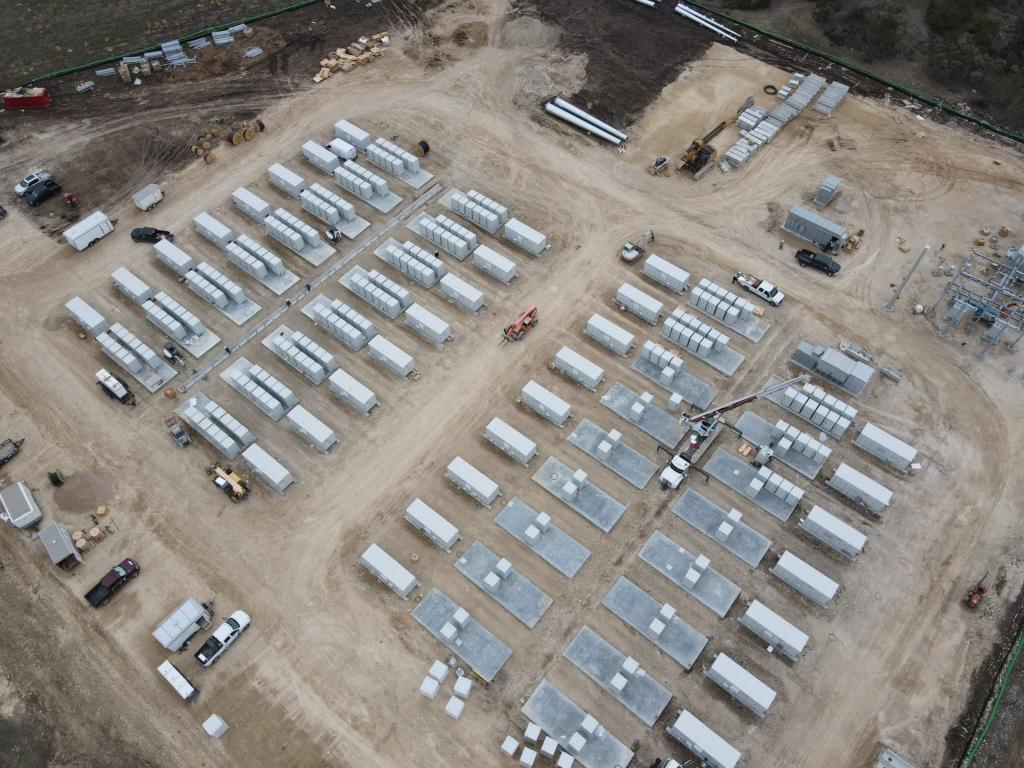From a technological standpoint, the primary factors that customers prioritize when it comes to batteries are cycle life and cost-effectiveness. Presently, lithium-ion batteries are prevailing because they fulfill customer requirements. In the past, the dominant choice for battery chemistry was a nickel manganese cobalt cathode. However, lithium iron phosphate (LFP) has emerged as a more cost-effective alternative, surpassing it in popularity. (Customers of lithium iron phosphate are willing to acknowledge that LFP may have certain limitations compared to nickel batteries, particularly in terms of energy density.) Nevertheless, the scarcity of lithium has led to the exploration of various intriguing and promising battery technologies, with a particular focus on cell-based options like sodium-ion (Na-ion), sodium-sulfur (Na-S), metal-air, and flow batteries.
C&I is divided into four subsegments, with the initial one being electric vehicle charging infrastructure (EVCI). According to the McKinsey Center for Future Mobility, electric vehicles (EVs) are projected to experience a significant increase in market share, rising from approximately 23 percent of global vehicle sales in 2025 to 45 percent by 2030. This rapid growth will necessitate the widespread expansion of standard charging stations and superchargers, thereby exerting strain on existing grid infrastructure and requiring expensive and time-consuming upgrades. In order to prevent this situation, charging station companies and owners might choose to install a Battery Energy Storage System (BESS) on their premises. Collaborations have already been established between BESS providers and electric vehicle manufacturers to construct additional Electric Vehicle Charging Infrastructure (EVCI), even in secluded areas.
The project's operating system, known as the energy management system (EMS), assumes responsibility for controlling (charging and discharging), optimizing (revenue and health), and ensuring safety (electrical and fire). The EMS operates in conjunction with the inverters, battery management system (BMS), breakers, and fire system to coordinate their functions. However, what occurs in the event that it does not yield satisfactory results?



